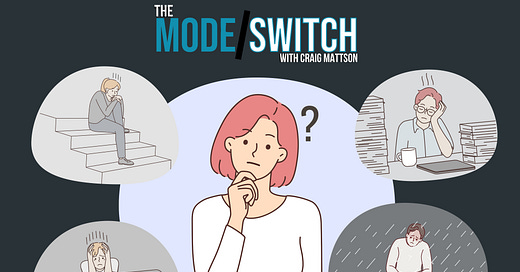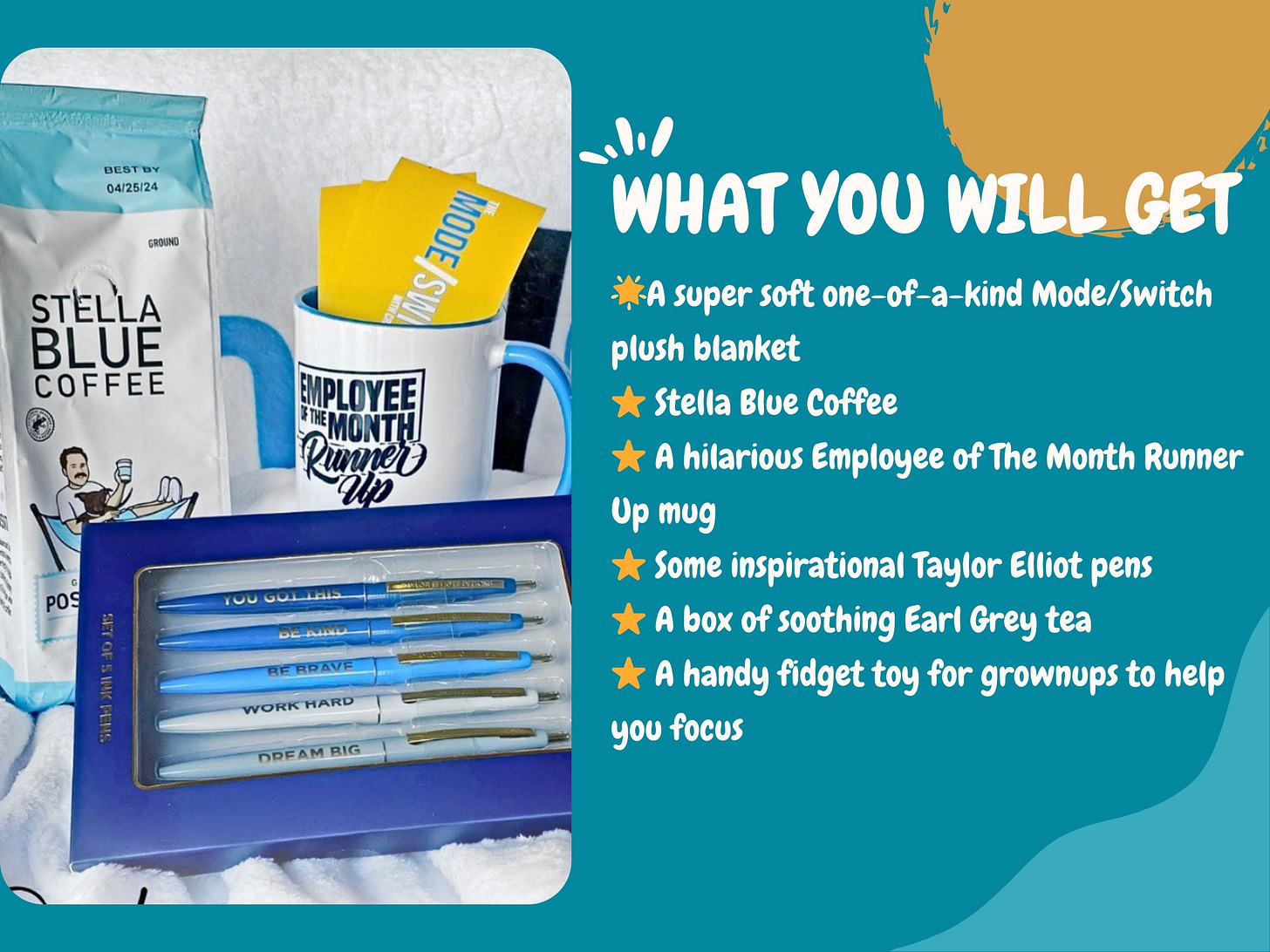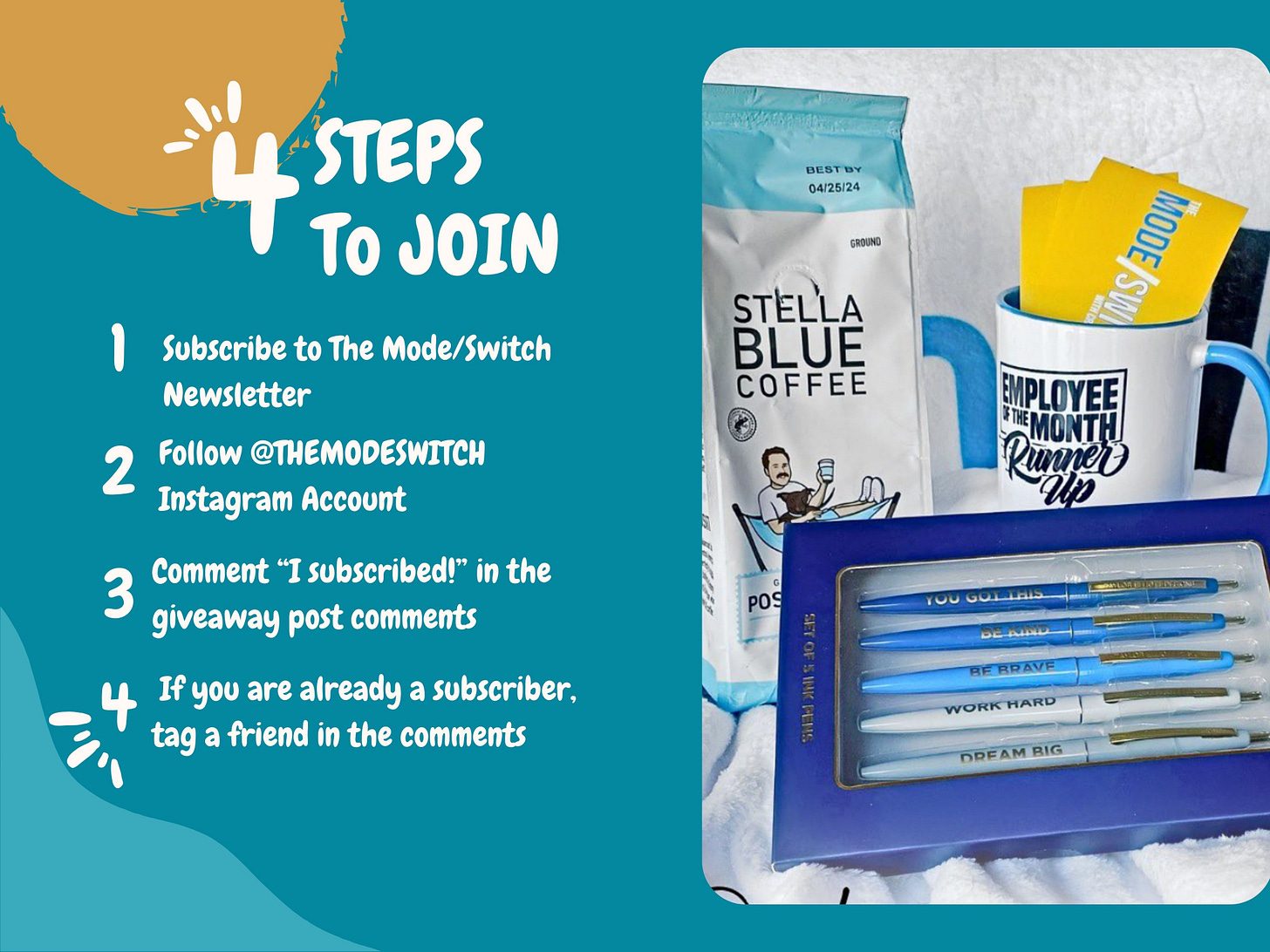Dealing with Other People's Burnout and Yours
How to keep contagious apathy from making everything worse
Look at you there, holding it mostly always together! Burnout’s a thing, of course, lurking at the back of your brain. But even when you want to lie down in a dark room with cool cloth over the eyes, you keep doing what needs doing. Call it pandering, but I wanted to say that you’re more than kind of amazing.
(Let me hurry to add that when you do need to lie down in a dark room with a facecloth, you do that, too. I’m not saying you’re a Hustle Culture Ninja.)
Here’s the thing, though. It’s hard enough coping with your own feelings of apathy, but sometimes you have to deal with your coworkers’ exhaustion, too. Let’s talk about how to keep contagious burnout from ruining your life and work.
Why Is Burnout Collective and Contagious?
This newsletter has already discussed how to cope with burnout as an individual. That seems to be how most writers talk about burnout. Read Jonathan Malesic’s book The End of Burnout or Anne Helen Peterson’s viral article on how “How Millennials Became The Burnout Generation.” They do discuss structural problems, but somehow burnout discourse tends to happen in the first person.
But sometimes, personal feelings like apathy and cynicism are more than personal.
About six weeks into the spring 2020 COVID lockdown, I found myself leading an online meeting with twenty or so people who knew each other well from previous in-person meetings. But on this day, all former positivity had Zoomed out of the room. As I led the discussion, asking questions, proposing ideas, I felt like a deejay in Juneau, broadcasting into the barrens. I remember watching as the one person who had her camera on finally figured out no one else was going join her in this small act of presence. Her Zoom image guttered out like a snuffed candle.
Exhaustion can be collectively experienced—which is why, on top of all the labor you’re doing to keep yourself functional, you also have to cope with other people’s burnout.
How Do Emotions Actually Work at Work?
The first step towards dealing with collective burnout is to acknowledge that your feelings are not entirely yours. Most of us are brought up to think of emotions as something that happen deep within the psyche. But if you start to watch how emotions take shape in your workplace culture, you’ll see that feelings float and swirl among as much as the lodge within. Sara Ahmed has described feelings as “sticky,” a metaphor that helps explain your vulnerability to collective feelings. You can no more elude collective emotions than you can avoid sweat in a sauna.
On the other hand, it’s important to recognize that feelings are not all-powerful forces. Once you sense the mood of your workplace, you can feel intimidated by the strength of those feelings. You might even think that the company emotions are just there like a weather system. But, look, when everybody starts making cynical noises, that doesn’t mean your organizational vibe is unchangeable. As one researcher notes, it’s possible to suffer “a burnout climate” in your company. But it’s also possible to imagine what he calls a “‘positive contagion,’” in which calm prevails.
I don’t think that the researcher is promoting naive optimism, as if all you had to do was manifest positivity to revolutionize your workplace. That sort of change-your-mind/change-your-world becomes what Lauren Berlant calls cruel optimism. But if people make the pervading vibe, people can remake it, too.
How to Switch Modes away from Contagious Burnout
The change I’m recommending this week shifts from absorbent apathy to shareable joy.
Absorbent apathy means that when someone else exhibits burnout, you simply take it on as your own. You soak up other people’s emotions.
In contrast, the shift to shareable joy looks for ways to circulate more sustainable feelings into your workplace culture.
Notice, I’m saying “shareable.” If you force positivity on others, or if you willfully ignore what’s unfair in your workplace in order to stay on the sunny side of the street, your joy isn’t shareable but coercive.
Let’s talk through a few practices to cultivate shareable joy.
Celebrate your own wins - This sort of storytelling might sound like flexing, which can be hard for you, especially if you come from the Midwest or from a religious home that urged a false humility. But no accomplishment ever traces to just one person, which means that celebrating your wins can be a mode of gratitude. Your celebration script doesn’t have to be elaborate: “Can I say something that made me happy today? I finally finished my Q3 report—and it’s my best work yet.” That kind of storytelling is a contagious practice.
Jot a note about other people’s powers - I’ve heard about companies who put up whiteboards so coworkers can jot on sticky notes what makes their coworkers amazing. This sort of appreciation doesn’t have to be elaborate: “Geena does amazing slide decks” or “Sam makes the rest of us look good everyday.” Out-loud appreciation can be catching in a company’s respiratory system.
Give a belly laugh once a day - Maybe this is getting close to the obnoxious (and privileged) cheerfulness of live-laugh-love. But I do think it’s important to laugh from your core once a day. And there’s research to back that up, as Allison Beard writes in the Harvard Business Review. (Even the Mayo Clinic agrees.) So, go ahead and make the sound of your laugh the trending audio of your workplace.
When It’s Giving Dark Empathy
One final note: this newsletter has approached a blindspot in professional self-help literature. Hardly anything is more common in how-to-be-professional literature today than the advice to show empathy. But that capacity can be over-developed.
As I was discussing this week’s topic with a friend, she told me it made her think of childhood trauma. As a kid, she was always noticing her parents’ feelings. Her emotional antennae were exquisitely precise, because sensing other people’s emotions was a matter of survival. Now, as a company owner and a frequent collaborator with other professionals, she’s learned that “their bad day doesn’t have to mean your bad day. You can be sympathetic without joining them in misery.”
The same thing goes for you, even if the only “trauma” you feel comes from doom-scrolling. To refuse to sponge up what people around you feel isn’t an isolating move necessarily. It may be an act of care simply to feel otherwise.
-craig
Are you ready for a desk upgrade?
The Mode/Switch is doing its first ever giveaway!
Don’t Miss the Mode/Switch Pod
I can’t say enough how surprising this intergenerational conversation has proven to be. When Emily, Lashone, David, Andrea, and I first started chatting, we used to just rehash the week’s newsletter. But the pod’s become very much its own thing as the conversationalists make sense of late modern American work culture from different generational standpoints. We’re finding ways to heal the confusions we all feel in life and work. Follow this Friday-morning pod on Spotify.
If you’re among the many who have just joined the Mode/Switch, please consider yourself welcome! This newsletter, addressing practical questions for rising professionals, started in January, 2022, arising from a book project for quarter-life professionals (coming out in 2024 from Cascade) about Dealing with Digital Overwhelm. It’s a shareable joy to have you in the conversation!
Would you please take 2 minutes to complete this survey? You’ll help our team design content better for you.







